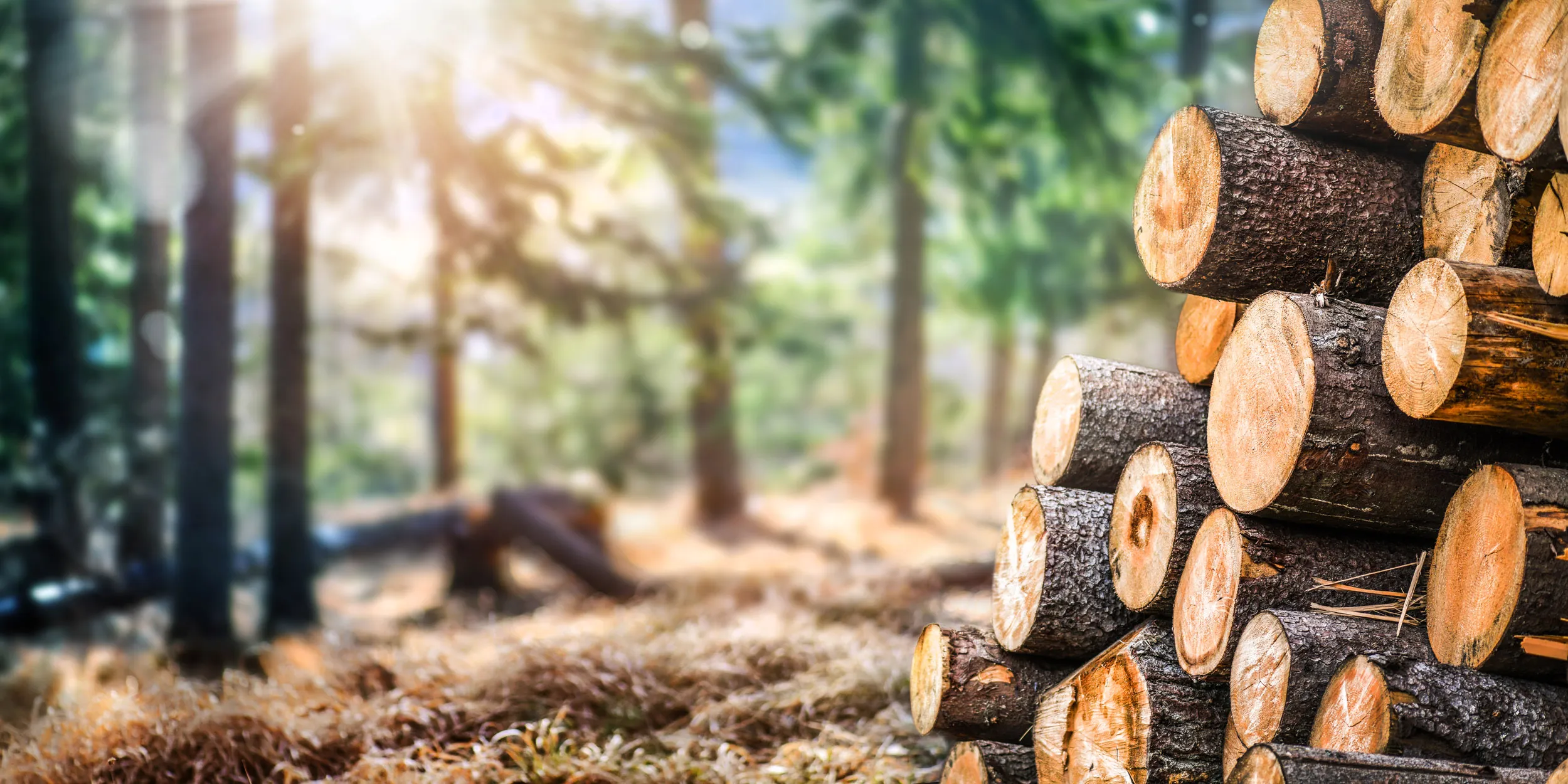Create a log pile for wildlife
In woodlands, fallen wood occurs naturally and many species have adapted to use this habitat. But in our increasingly tidy countryside, fallen and dead wood is not so common.

Use old, dead logs to create an inviting home and feeding ground for insects, toads, newts and bees. Birds feed on insects that make their home in old wood. In large gardens, a decaying tree with a snagged bough or a small cavity might provide a nest site for a bird or bat. Rotting wood, flaking bark and maze of little gaps between the logs is heaven for a wide range of wildlife.
You can build a log pile whenever the mood takes you. But you're likely to have logs and sticks to hand in autumn and winter when you're managing your trees.
Not sure which insects are using your garden? Buy our handbook of garden wildlife and wonder no more!
Instructions
Collect your dead wood
It’s best to get your dead wood from your own garden each time you do any pruning or lopping. You can also see if friends and neighbours have any going spare. If you get really stuck, you can buy dead wood from a local tree surgeon. But don't just wander into a local wood and help yourself as you'll be removing nature's home!

Where to put your dead wood?
You can put it just about anywhere in your garden - it will attract different wildlife in different places. If you put it somewhere shady, it’s likely to rot more quickly. Fungi are likely to arrive and mosses may grow.
Put the wood in the sun, however, and the wood will turn dry and hard. This is how solitary bees, who investigate old beetle holes, and wasps, who ‘harvest’ (chew) wood to build their nests, like it.
It's a good idea to put it in an existing or new flowering border where the inhabitants may find nectar.